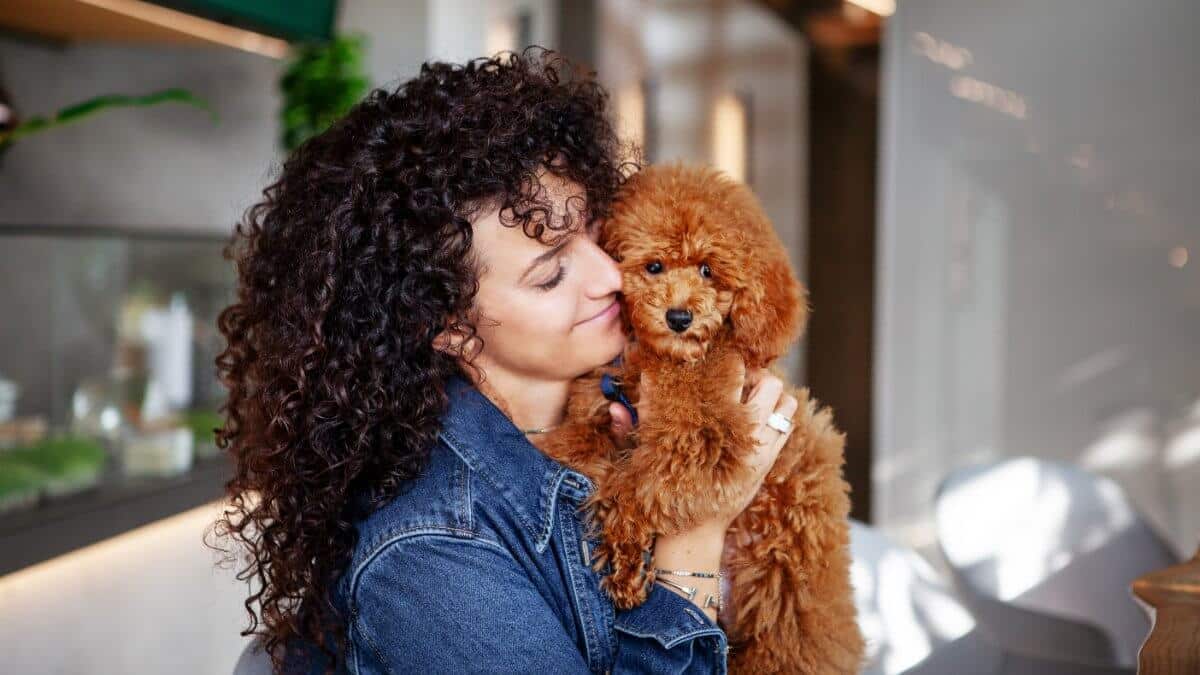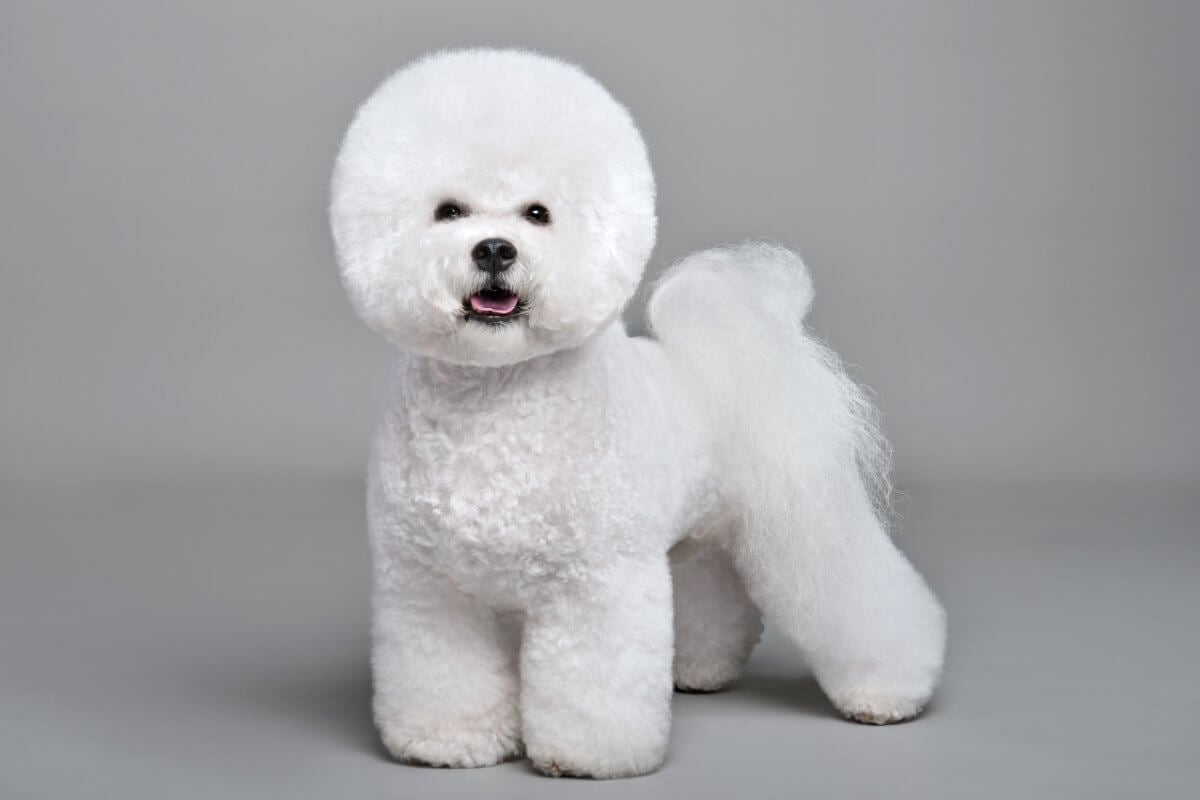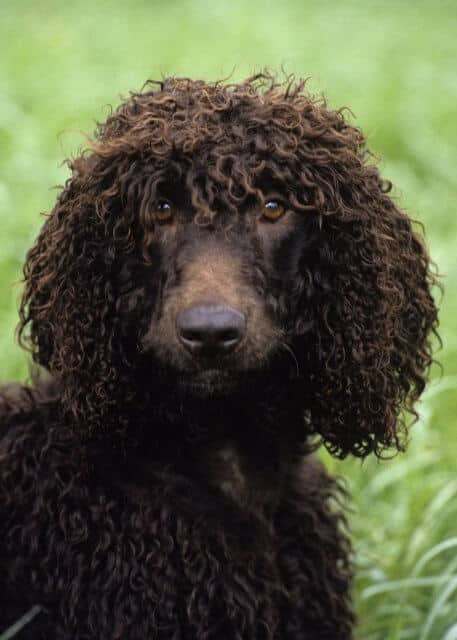


Home » Doodle Doppelgangers (Part 3): Three More Alternatives to a Doodle

One of the more popular canine trends happening across America and around the world is the continued rise in doodle ownership. While not an officially recognized breed, this “designer” cross is now found in a number of varieties, with the Goldendoodle, Labradoodle, and Bernadoodle among the most widely known within the fad. Despite how these mixes have made their way into so many homes, it is important to acknowledge there can be health issues among doodles that go unregulated, and unwanted behaviors that commonly go unaddressed by those who breed these dogs for profit.
With so many variables, types, and “lines” of doodles that simply offer greater risk than a purebred dog from a reputable breeder, alternative breeds that resemble doodles can often be the better choice. Each has its own interesting—and predictable—personality and appearance, and one of these breeds could just be the perfect canine companion in the right home. And it may shock you to learn just how many options exist among breeds that have been around for a very long time.
Here’s a look at three more doodle alternatives with their own unique characteristics:

Once one of the more popular breeds, the Bichon Frise has fallen a little bit out of favor in recent years. However, this charming powder puff of a dog is still just as endearing a companion as it always has been.
The breed is believed to hail from the Mediterranean region as a descendant of the Barbet, which was used as a water dog. The Bichon’s “responsibilities” as a breed, however, could hardly be more different. In addition to being the perfect lap dog of royal ladies, the Bichon was also used for entertainment purposes, including as a circus performer.
Known for its Teddy bear-like appearance, the Bichon Frise immediately draws attention thanks to its snow-white coat. To maintain that glistening coat, prospective owners should be prepared to keep up with regular trimming. Depending on the look that’s desired, the plush coat can be scissored to enhance the dog’s curvy shape and draw attention to the breed’s gorgeous beard, moustache, ears, and tail. Grooming is also essential for keeping the coat of this water-loving companion clean and to avoid staining.
This petite breed stands between 9.5 and 11.5 inches tall at the shoulder, with males typically larger than females. Weight-wise, the Bichon comes in at between 12 and 18 pounds.
The Bichon Frise has one of the longest life expectancies among recognized breed, typically living between 14 and 15 years. This means the Bichon will share a long life with its family, but the relationship must be considered a long-term commitment.

The breed that most directly correlates to the designer doodles (because it so often makes up half of the cross) is, quite unsurprisingly, the Poodle. This wonderful purebred comes in three AKC-recognized sizes: Toy, Miniature, and Standard, though “teacup” Poodles abound on the market due to their unscrupulous backyard breeders.
The breed’s origins are believed to be primarily associated with Germany, even though many associate the breed with other European countries (primarily France). Despite being a member of the AKC Non-Sporting Group, the Standard Poodle has been used for a variety of tasks throughout its history, including hunting as Germany’s true water dog. Smaller Poodles, largely kept as companions today, have also had an impact in the field with duties like truffle hunting. Whatever their occupation, Poodles of all sizes are widely considered to be among the most intelligent of all dogs.
The Toy Poodle should stand no more than 10 inches tall at the shoulder and weigh between four and six pounds. The Miniature Poodle ranges from 10 to 15 inches in height, weighing between 10 and 15 pounds. The Standard Poodle is the breed’s largest recognized size, standing over 15 inches tall. Males typically weigh between 60 and 70 pounds, while females are notably lighter, weighing from 40 to 50 pounds.
The Poodle, of course, is well-known for its signature hairstyles. With a variety of cuts to choose from, this breed can bear a strong resemblance to a doodle or be an unmistakable show dog with an air of distinction and a dignity peculiar to the breed itself. Like the Bichon Frise, the Poodle is also one of the longest-lived breeds, with an average life expectancy of between 10 and 18 years for each of its varieties.
Because the Poodle has been extensively incorporated in the doodle craze, it is important to check into the ethics, health testing practices, and qualifications of the breeders who claim to have the breed’s welfare at heart, especially if “teacup” size is being used as the marketing hook.

One of the rather unusual doodle doppelgangers, but also one of the more intriguing breeds on the list, is the Irish Water Spaniel. Fans of curly-haired dogs may find this brown character to resemble some of the Non-Sporting breeds in appearance, though, as its name implies, this is a true Sporting dog that likes nothing more than to spend time with its favorite person hunting in the great outdoors.
As its name would imply, the Irish Water Spaniel finds its roots in Ireland and is believed to have been brought about in its current form by the 1830s. It should be noted, however, there are references to “water spaniels” from much earlier periods, and those dogs were very likely the beginnings of the IWS.
For those who are tempted to opt for a Labradoodle or a Goldendoodle, the Irish Water Spaniel can truly offer the best of both worlds in a genuine Sporting breed that satisfies the desire for the doodle’s curly coat. However, the IWS is unique and instantly distinguished by curls that form ringlets, and a smooth face and “rat tail” that have a distinctly different appearance than the rest of the breed’s curly, water-resistant coat.
Males of this breed typically measure between 22 and 24 inches tall at the shoulder, while females are slightly shorter at 21 to 23 inches tall. The same type of difference applies to weight, with males weighing between 55 and 68 pounds and females ranging from 45 to 58 pounds. The average life expectancy for the IWS is between 10 and 14 years.
On top of being a great family companion, the Irish Water Spaniel is still one of the most renowned of all waterfowl retrievers—a specialty that even the most determined doodle cannot equal.
